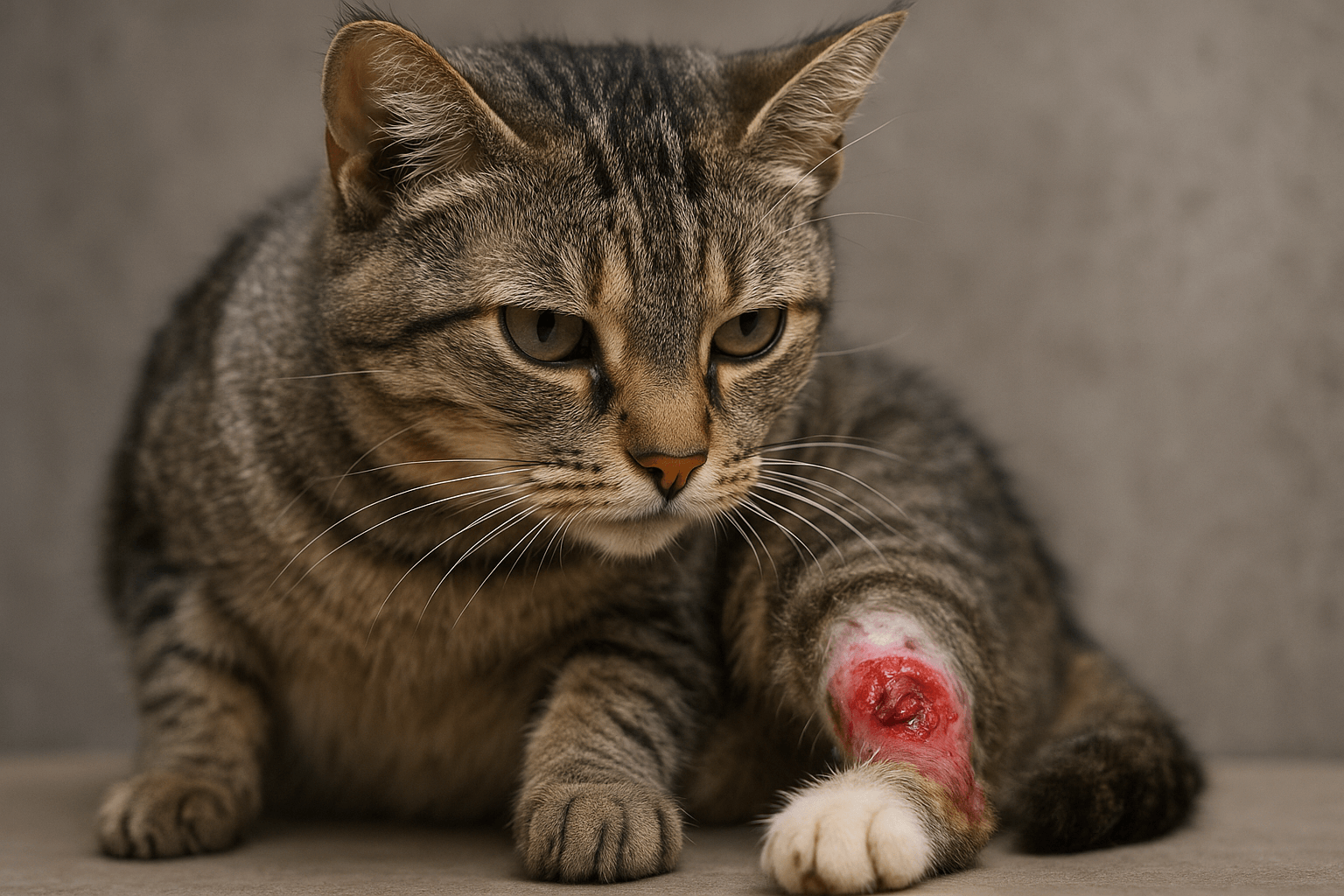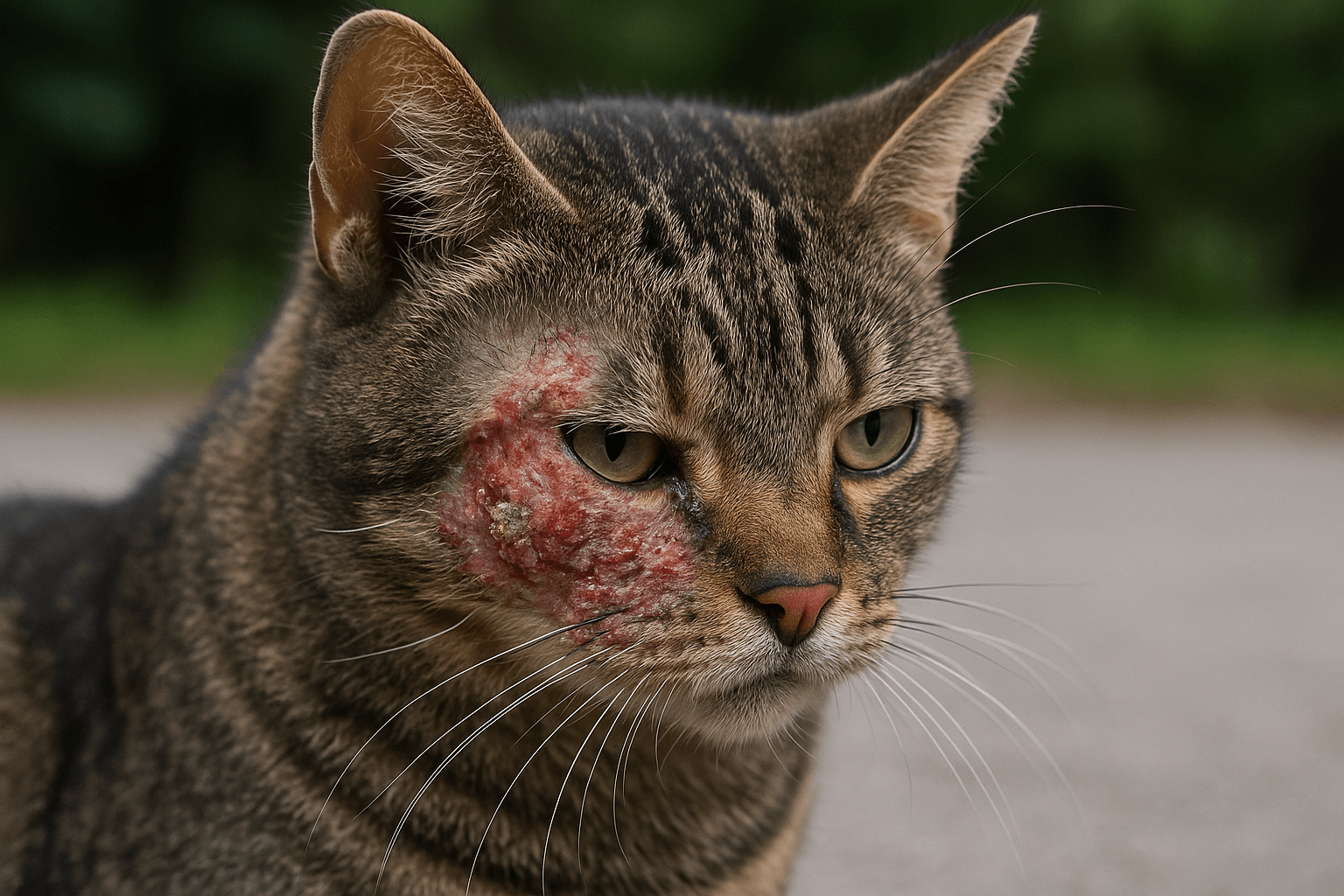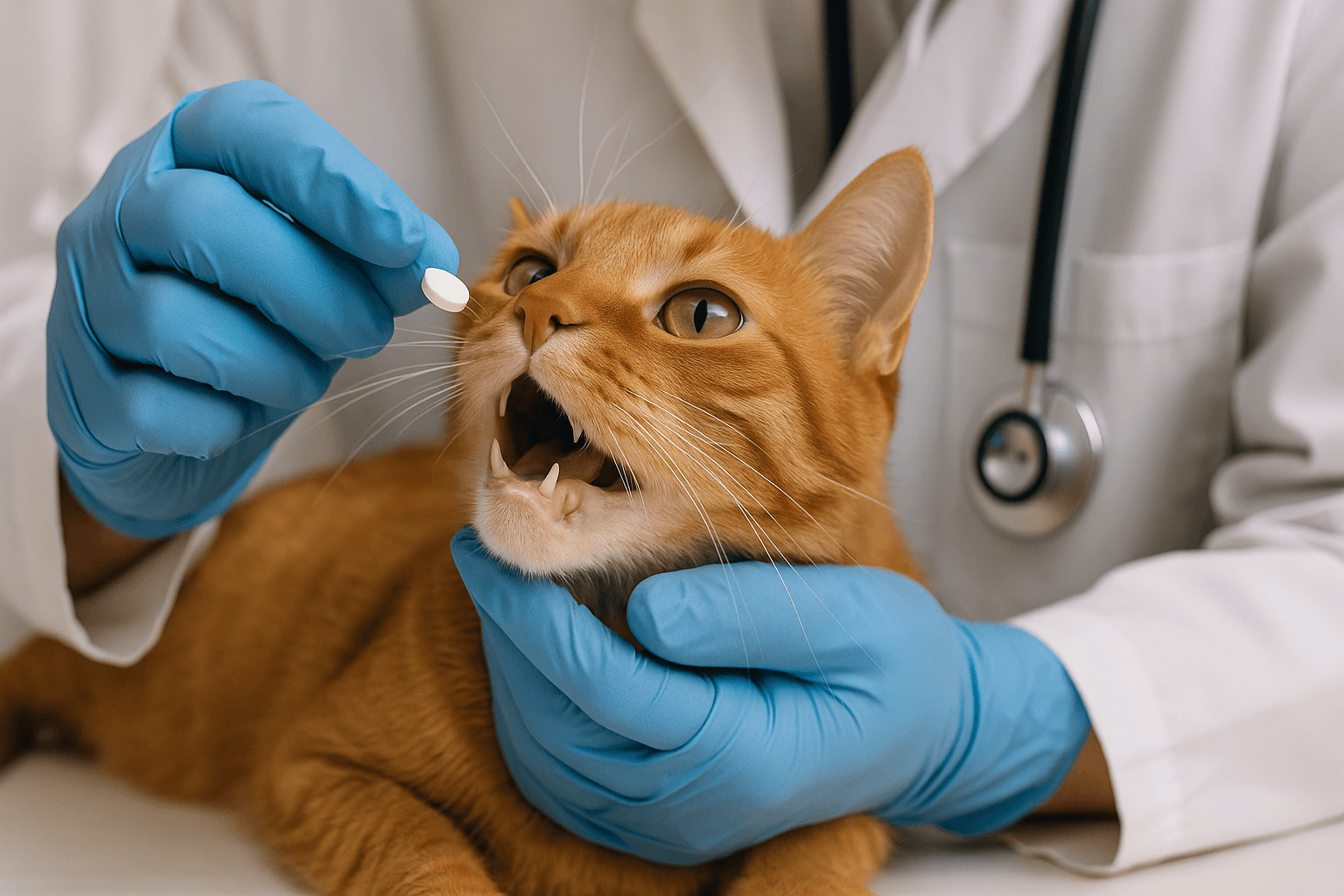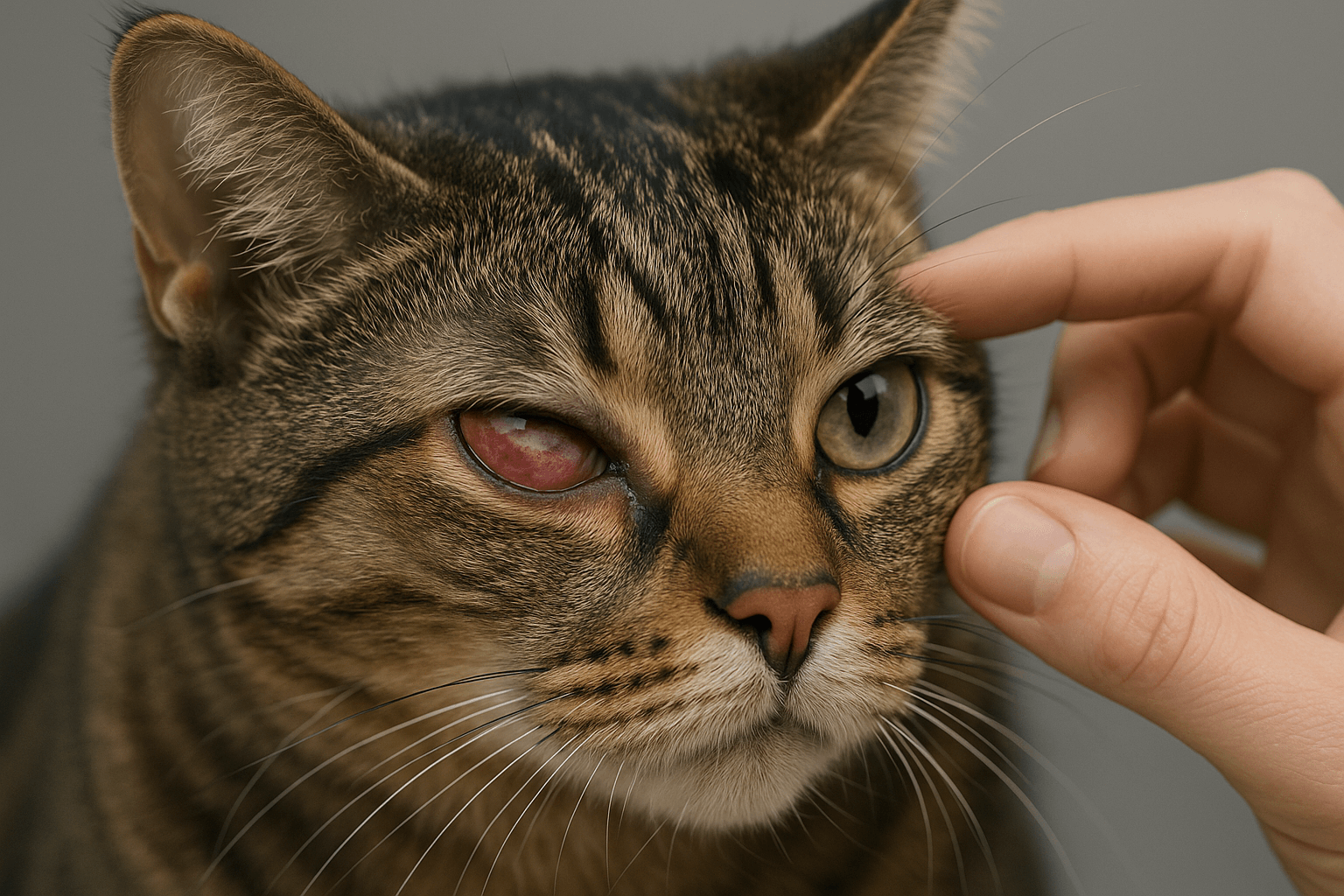Understanding Cat Leg Infections: Causes, Symptoms, and Treatment
Cats are naturally agile and resilient creatures, but even the most active felines can suffer from leg infections. Whether caused by an injury, bacteria, or an underlying health condition, a leg infection can significantly impact your cat’s mobility and overall well-being. Recognizing the signs early and seeking proper treatment is crucial to ensure a swift recovery. In this blog post, we’ll explore the causes of cat leg infections, how to identify them, and the steps you can take to help your furry friend heal. By understanding this common yet treatable issue, you’ll be better equipped to provide the care your cat needs.
Common Causes of Cat Leg Infections
Leg infections in cats can stem from various sources, ranging from minor injuries to more serious medical conditions. Identifying the root cause is essential for effective treatment and prevention.
Bacterial Infections:
Bacteria entering through cuts, scratches, or wounds can lead to localized infections that may spread if untreated.Fungal Infections:
Fungi like ringworm can infect the skin on a cat’s legs, causing irritation, redness, and discomfort.Trauma or Injury:
Accidents such as falls, bites, or scrapes can damage tissues and create openings for pathogens to invade.Parasites:
Fleas, ticks, or mites can irritate the skin and introduce infections, especially if your cat excessively licks or scratches the area.Underlying Health Conditions:
Conditions like diabetes or immune system disorders can increase a cat’s susceptibility to infections.
By addressing these potential causes promptly, you can reduce the risk of complications and support your cat’s recovery.
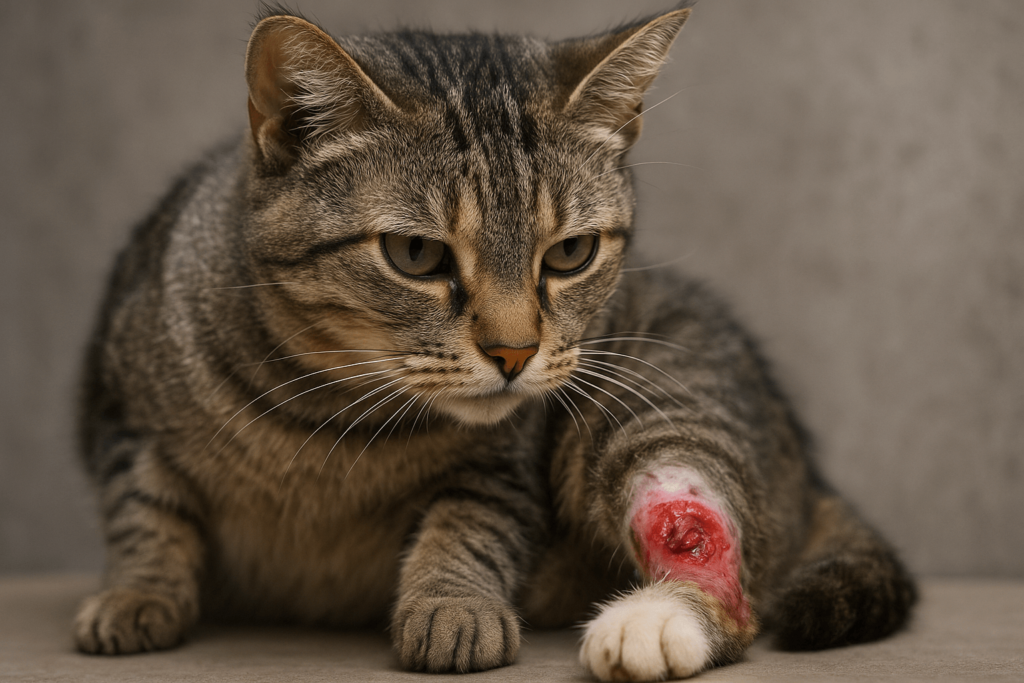
Symptoms of a Cat Leg Infection
Recognizing the symptoms of a leg infection is the first step toward helping your cat feel better. Keep an eye out for these warning signs that indicate something may be wrong.
Swelling or Redness:
The infected area may appear swollen, warm to the touch, or visibly red, signaling inflammation.Limping or Lameness:
Cats with leg infections often avoid putting weight on the affected limb, leading to noticeable limping.Excessive Licking or Chewing:
Cats instinctively lick wounds, but persistent licking of one area could indicate an infection.Discharge or Odor:
Pus, blood, or an unpleasant smell around the wound suggests bacterial involvement.Behavioral Changes:
A normally active cat may become lethargic or irritable due to pain or discomfort from the infection.
If you notice any of these symptoms, it’s important to act quickly to prevent the infection from worsening.
Check this guide 👉Cat Leg Whiskers: Best 7 Expert Tips!
Check this guide 👉Cat Losing Hair on Back Legs: Best 7 Expert Tips!
Check this guide 👉Cat Over-Grooming Belly and Legs: Best 7 Expert Tips!
Preventive Measures for Cat Leg Infections | Treatment Options for Infected Legs |
|---|---|
Regularly check for cuts or wounds | Cleanse the area with antiseptic solution |
Keep your cat indoors to avoid accidents | Apply prescribed topical antibiotics |
Maintain flea and tick prevention | Administer oral antibiotics if needed |
Provide a balanced diet to boost immunity | Use an Elizabethan collar to prevent licking |
Schedule routine vet check-ups | Seek surgery for severe abscesses or injuries |
How to Care for Your Cat’s Infected Leg at Home
While professional veterinary care is essential, there are several steps you can take at home to aid in your cat’s recovery and comfort.
Clean the Wound Gently:
Use a mild antiseptic recommended by your vet to clean the infected area without causing further irritation.Apply Medication as Directed:
Follow your veterinarian’s instructions carefully when applying creams, ointments, or administering medications.Restrict Movement:
Limit your cat’s activity to allow the leg time to heal, especially if the infection is severe or accompanied by swelling.Monitor Progress Daily:
Keep an eye on the infected area to ensure it’s healing properly and report any changes to your vet immediately.Prevent Licking or Biting:
Use an Elizabethan collar (cone) to stop your cat from aggravating the wound during the healing process.
With attentive care and adherence to your vet’s guidance, you can help your cat recover comfortably and minimize the risk of recurrence.
When to Seek Veterinary Help for a Cat Leg Infection
Some cases of leg infections require immediate attention from a veterinarian to prevent complications. Knowing when to seek professional help ensures your cat receives timely treatment.
Severe Swelling or Abscess Formation:
Large abscesses or extensive swelling may require draining or surgical intervention by a vet.Persistent Symptoms Despite Home Care:
If the infection doesn’t improve after a few days of treatment, consult your veterinarian for further evaluation.Signs of Systemic Illness:
Symptoms like fever, lethargy, or loss of appetite suggest the infection may have spread internally.Deep Wounds or Penetrating Injuries:
Cuts that go deep into muscle tissue or expose bone need professional cleaning and suturing.Unexplained Behavioral Changes:
Sudden aggression, hiding, or refusal to eat could indicate significant pain or distress requiring urgent care.
Prompt veterinary attention can make all the difference in ensuring your cat’s full recovery.
Preventing Future Leg Infections
Prevention is always better than cure when it comes to cat leg infections. Taking proactive steps can significantly reduce the risk of future issues.
Regular Grooming:
Inspect your cat’s legs and paws during grooming sessions to catch small problems before they escalate.Safe Play Environment:
Remove sharp objects or hazardous materials from your home to minimize the risk of injury.Supervised Outdoor Time:
If your cat goes outside, supervise their activities to prevent fights with other animals or accidents.Vaccinations and Parasite Control:
Keep your cat up-to-date on vaccinations and use flea/tick preventatives to protect against secondary infections.Balanced Nutrition:
Feed your cat a high-quality diet rich in vitamins and minerals to support a strong immune system.
By implementing these preventive strategies, you can safeguard your cat’s health and reduce the likelihood of infections.
Understanding Antibiotic Resistance in Cats
Antibiotics are often prescribed for bacterial leg infections, but misuse can lead to antibiotic resistance—a growing concern in veterinary medicine. Here’s what you need to know to use them responsibly.
Follow Dosage Instructions Carefully:
Complete the entire course of antibiotics as prescribed, even if your cat seems to improve sooner.Avoid Self-Medicating Your Cat:
Never give your cat leftover antibiotics or human medications without consulting your vet.Report Side Effects Immediately:
Inform your vet if your cat experiences side effects like vomiting, diarrhea, or lethargy while on antibiotics.Discuss Alternatives if Necessary:
If your cat has recurring infections, ask your vet about alternative treatments or diagnostic tests to identify underlying issues.Practice Good Hygiene:
Wash your hands after handling your cat’s medication or cleaning infected areas to prevent cross-contamination.
Responsible antibiotic use helps preserve their effectiveness and protects your cat’s long-term health.
Supporting Your Cat During Recovery
Recovery from a leg infection requires not only physical care but also emotional support to keep your cat comfortable and content. These tips can help ease the process.
Create a Quiet Rest Area:
Designate a peaceful space where your cat can rest undisturbed during recovery.Offer Soft Bedding:
Provide plush bedding to cushion the injured leg and encourage relaxation.Engage in Gentle Play:
Use toys that don’t require jumping or strenuous movement to keep your cat entertained without straining the leg.Maintain Routine Feeding Times:
Stick to your cat’s regular feeding schedule to provide stability and comfort during recovery.Show Extra Affection:
Spend quality time petting and talking to your cat to reassure them and strengthen your bond.
Supporting your cat emotionally can speed up recovery and make the healing process less stressful for both of you.
Frequently Asked Questions About Cat Leg Infections
Can I treat my cat’s leg infection at home?
Minor infections may be managed at home with vet-approved treatments, but severe cases require professional care.
What should I do if my cat won’t stop licking its leg?
Use an Elizabethan collar to prevent further irritation and consult your vet for advice on managing the behavior.
Are leg infections contagious to other pets?
Some infections, like fungal ones, can spread to other animals, so isolate your cat until the issue resolves.
How long does it take for a leg infection to heal?
Healing times vary depending on the severity of the infection, but most cases improve within 1-2 weeks with proper care.
Can indoor cats get leg infections too?
Yes, indoor cats can develop infections from minor injuries, allergic reactions, or underlying health issues.
Prioritizing Your Cat’s Health and Well-Being
A leg infection may seem daunting, but with prompt action and proper care, most cats recover fully and return to their playful selves. By staying vigilant for symptoms, taking preventive measures, and working closely with your veterinarian, you can ensure your feline friend remains happy and healthy. Remember, your cat relies on you to advocate for their well-being—so don’t hesitate to seek help when needed. With love, patience, and attention, you’ll have your furry companion back on all fours in no time.
Understanding Cystitis in Cats: Best 7 Expert Tips! Discover causes, symptoms, and expert advice to manage feline cystitis effectively and ensure your cat’s urinary health and comfort.
Fungal Infection in Cats: Best 7 Expert Tips! Discover expert advice on identifying, treating, and preventing fungal infections in cats to keep your feline healthy and happy.
Can You Give a Cat Tylenol? Best 7 Expert Tips! Discover why Tylenol is toxic to cats, signs of poisoning, and safe alternatives for managing feline pain effectively.
Cat Eye Irritation: Best 7 Expert Tips! Discover expert advice on identifying, treating, and preventing eye irritation in cats to keep their eyes healthy and comfortable.

